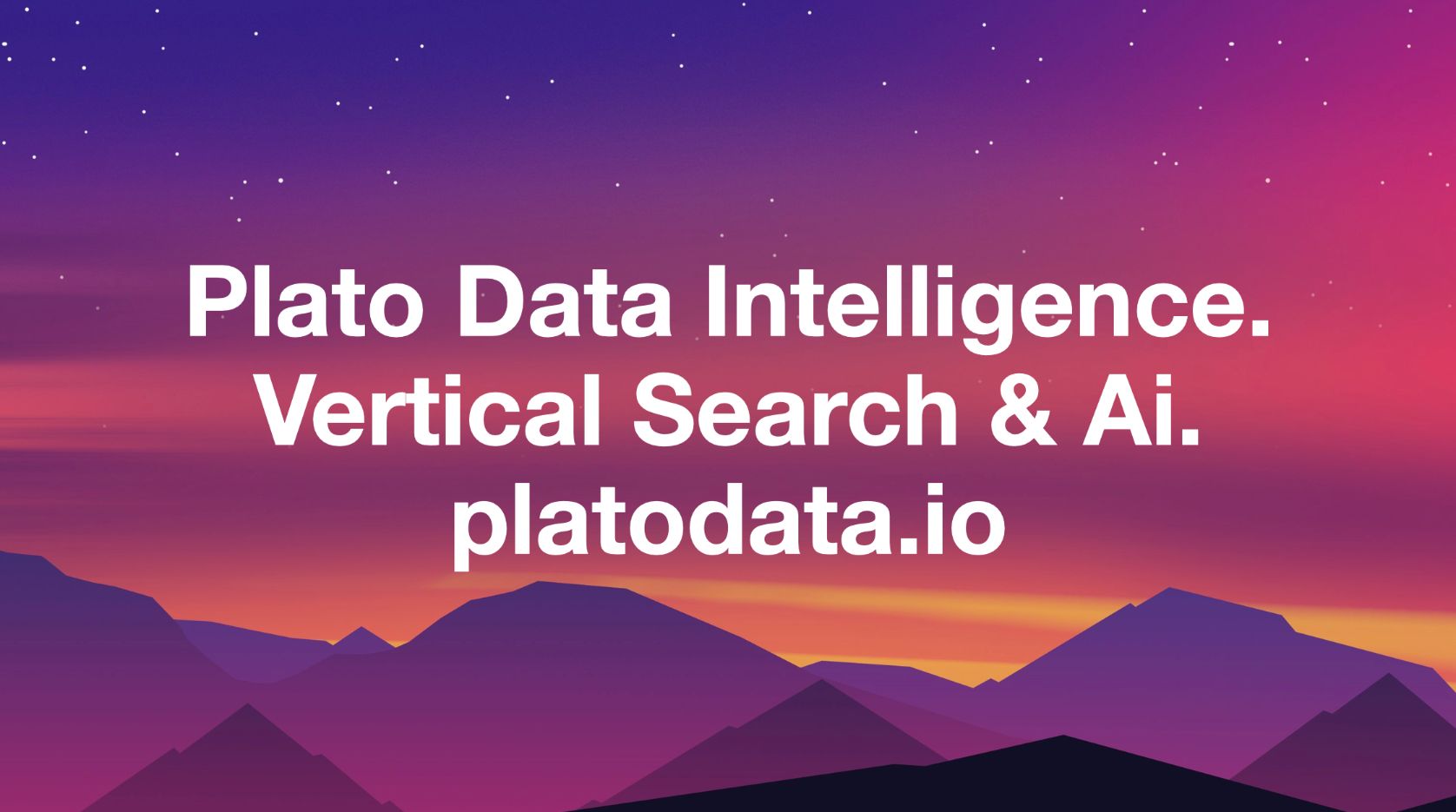When it comes to setting up a solar energy system, one of the key components to consider is the inverter. The inverter is responsible for converting the direct current (DC) electricity generated by the solar panels into alternating current (AC) electricity that can be used to power your home or business. There are two main types of inverters to choose from: string inverters and microinverters. In this article, we will compare these two options and evaluate their advantages and disadvantages to help you determine the ideal choice for your solar energy system.
String inverters, also known as central inverters, are the traditional choice for solar installations. They are called string inverters because they are connected to a string of solar panels, typically between 10 and 20 panels. These inverters are installed at a central location, usually near the electrical panel of the building.
One of the main advantages of string inverters is their cost-effectiveness. They are generally less expensive than microinverters, making them a popular choice for larger solar installations. Additionally, string inverters have a higher efficiency rating compared to microinverters, meaning they can convert a higher percentage of the DC electricity into usable AC electricity.
However, there are some disadvantages to consider when it comes to string inverters. One major drawback is that they are susceptible to shading issues. If even one panel in the string is shaded or underperforming, it can significantly reduce the overall output of the entire string. This can be a problem if your solar panels are located in an area with trees or other obstructions that may cast shadows on them.
Another disadvantage of string inverters is that they have a single point of failure. If the inverter malfunctions or stops working, the entire string of solar panels will be affected. This means that if you have a large solar installation, it may take longer to identify and fix any issues that arise.
On the other hand, microinverters offer some unique advantages that make them an attractive option for certain solar installations. Unlike string inverters, microinverters are installed on each individual solar panel. This means that each panel operates independently, allowing for maximum energy production even if one panel is shaded or underperforming.
The individual panel-level optimization provided by microinverters also allows for easier system monitoring and maintenance. With microinverters, you can easily identify any issues with specific panels and address them promptly. This can save time and money in the long run, as it minimizes the downtime of your solar energy system.
However, microinverters do come with a higher price tag compared to string inverters. The cost of purchasing and installing microinverters for each panel can add up, especially for larger solar installations. Additionally, microinverters have a slightly lower efficiency rating compared to string inverters, meaning they may not convert as much DC electricity into AC electricity.
In conclusion, both string inverters and microinverters have their own set of advantages and disadvantages. String inverters are cost-effective and have higher efficiency ratings, but they are susceptible to shading issues and have a single point of failure. On the other hand, microinverters offer individual panel-level optimization and easier system monitoring, but they come at a higher cost and have slightly lower efficiency ratings.
When deciding between these two options, it is important to consider the specific needs and constraints of your solar energy system. If shading is not a concern and cost-effectiveness is a priority, string inverters may be the ideal choice. However, if you have shading issues or require individual panel-level optimization and monitoring, microinverters may be the better option. Ultimately, consulting with a solar energy professional can help you make an informed decision based on your unique circumstances.
- SEO Powered Content & PR Distribution. Get Amplified Today.
- PlatoData.Network Vertical Generative Ai. Empower Yourself. Access Here.
- PlatoAiStream. Web3 Intelligence. Knowledge Amplified. Access Here.
- PlatoESG. Automotive / EVs, Carbon, CleanTech, Energy, Environment, Solar, Waste Management. Access Here.
- BlockOffsets. Modernizing Environmental Offset Ownership. Access Here.
- Source: Plato Data Intelligence.

